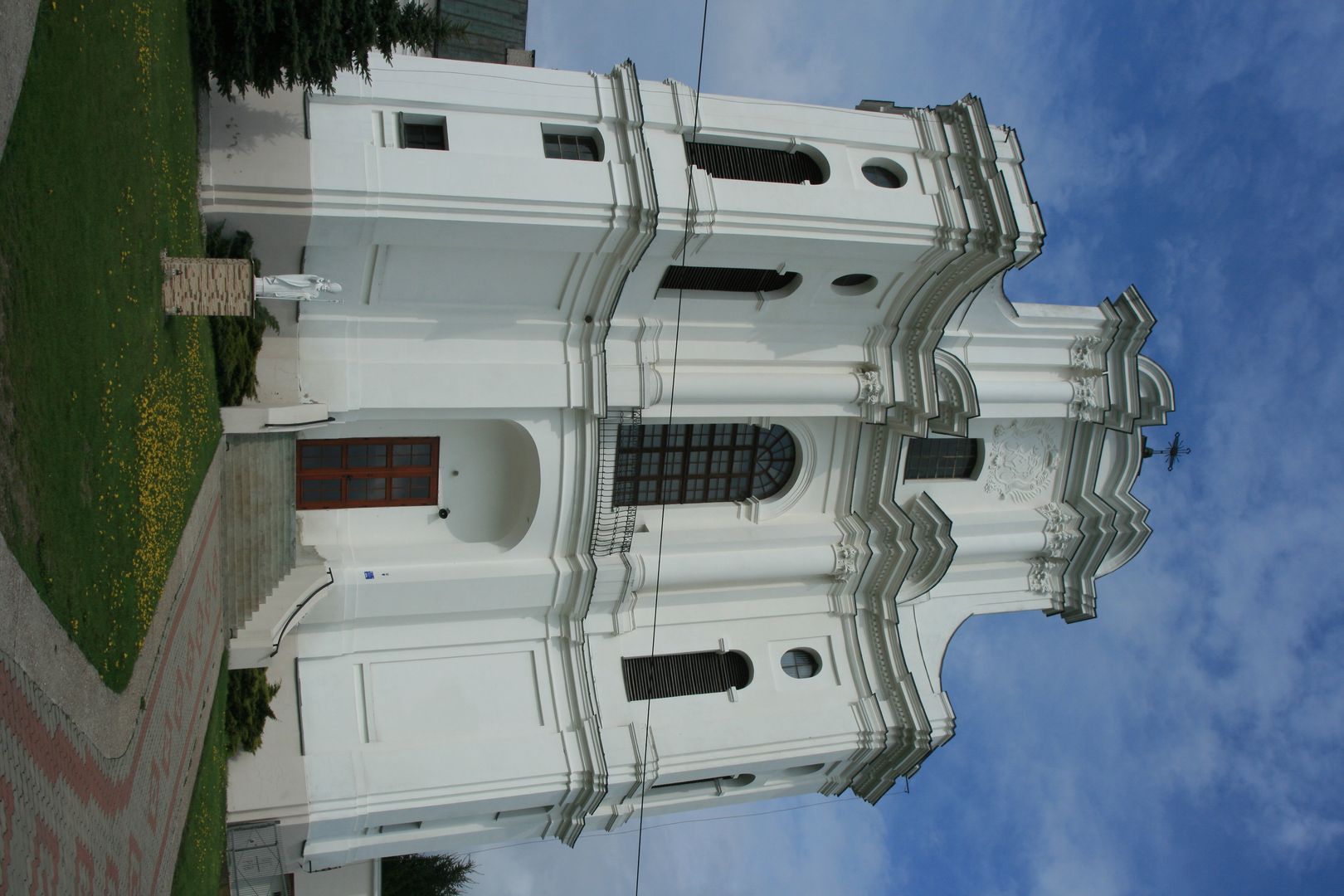Drohiczyn
6.09

Overview
Drohiczyn, located in the Podlaskie Voivodeship on the Bug River, is the historic capital of Podlasie, with origins dating back to the 11th century. The town received its municipal rights in 1429 and played a significant role in the region's history as an administrative center. In the Middle Ages, it was an important trading stronghold, known for its customs chamber and as a gathering place for the nobility. The 15th century marked the peak of Drohiczyn's prosperity, when it became the capital of the Podlasie Voivodeship.
The town's architecture is a blend of styles, including Baroque, represented by the Jesuit Cathedral complex and monastery built in the 18th century. Notable sites include the Church of the Assumption of the Blessed Virgin Mary and the St. Nicholas Orthodox Church, which reflect the town's multicultural heritage. Despite numerous devastations during wars and after the partitions, Drohiczyn has preserved many valuable monuments, such as the Franciscan monastery complex and the Diocesan Museum, which houses unique exhibits.
Culturally, Drohiczyn serves as one of the centers of the Drohiczyn Diocese, and its educational traditions are upheld by the Higher Seminary and local schools. Interestingly, the town has been a filming location for several movies, including "The Maids of Wilko" and "The Hourglass Sanatorium." In 1999, it was visited by Pope John Paul II, underscoring its importance in Polish culture and religion.
Today, Drohiczyn functions as a service and commercial hub for surrounding villages and is also an attractive holiday destination, drawing tourists with its picturesque setting and rich historical heritage.
Location
2025 Wizytor | All Rights Reserved